+86-0523-83274900
+86-151 9064 3365
Fire hose connectors are an important part of firefighting equipment; their efficiency affects the outcome of firefighting operations. These connectors are designed to provide a quick, reliable, and leak-proof connection under high-pressure water flow.
Content
Based on their working method, fire hose connectors can be divided into two main categories: threaded and threadless.
Threaded connectors use matching external and internal threads. The two connectors are tightened by twisting so the helical threads draw them together and create a seal. A rubber gasket is typically installed inside the connector to ensure a leak-proof connection under high pressure.
The Storz connector is a threadless, bayonet-type quick-connect system (designed by Carl Storz). Each connector has two protruding “ears” and a smooth ring. To connect, align the ears with the grooves on the mating connector, insert, then twist about a quarter turn until the ears snap into place. The action is fast and can be performed even in the dark or while wearing gloves.
In practice, older fire hydrants may use threaded connectors while modern hoses use Storz connectors. A Storz adapter provides compatibility by having a Storz connector on one end and a threaded (or other) connector on the other. This lets modern hoses connect directly to older hydrants without replacing the hydrant or the hose system.
Threaded connectors and Storz connectors each ensure that fire hoses remain stable and safe under high pressure. Threaded connectors offer solid sealing but are slower to couple; Storz connectors offer fast, tool-free coupling suited for rapid deployment. Storz adapters bridge older threaded systems and modern threadless hoses, enabling effective operation across different setups.
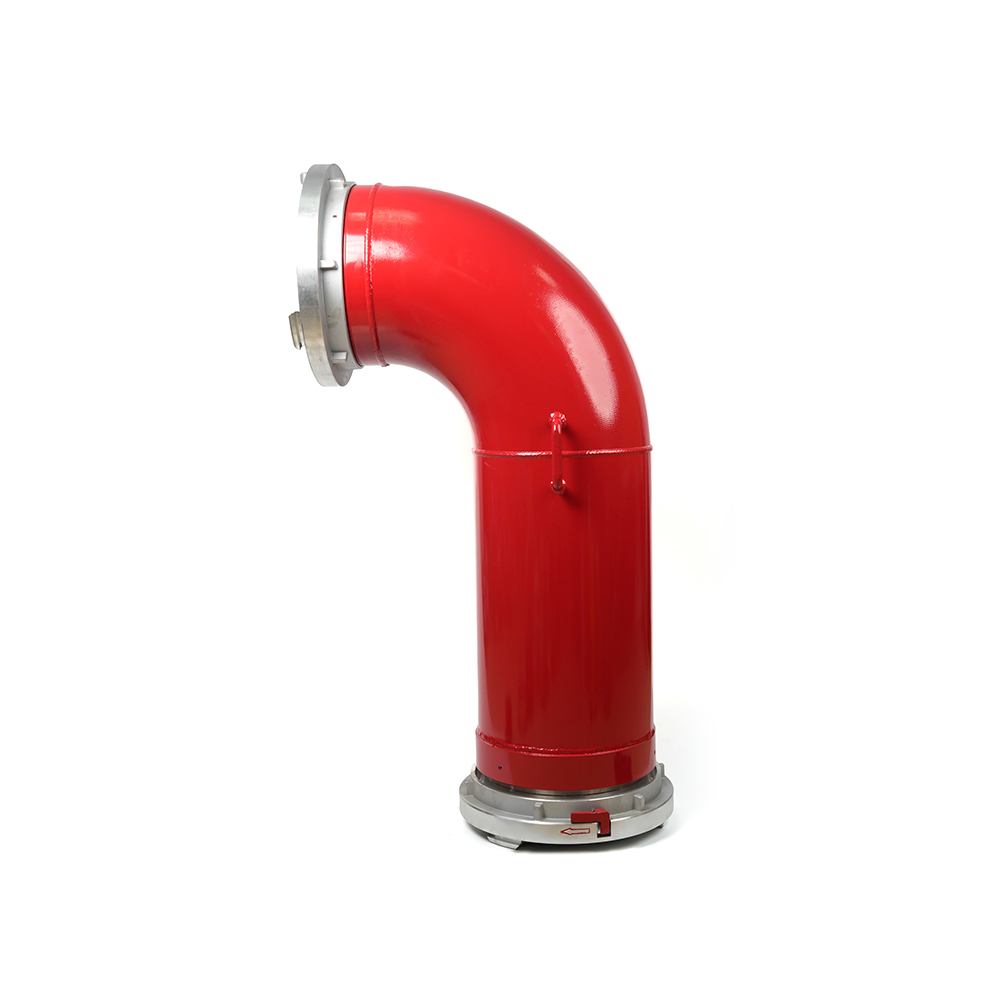 Grooved Fire Elbow-Storz
Grooved Fire Elbow-Storz
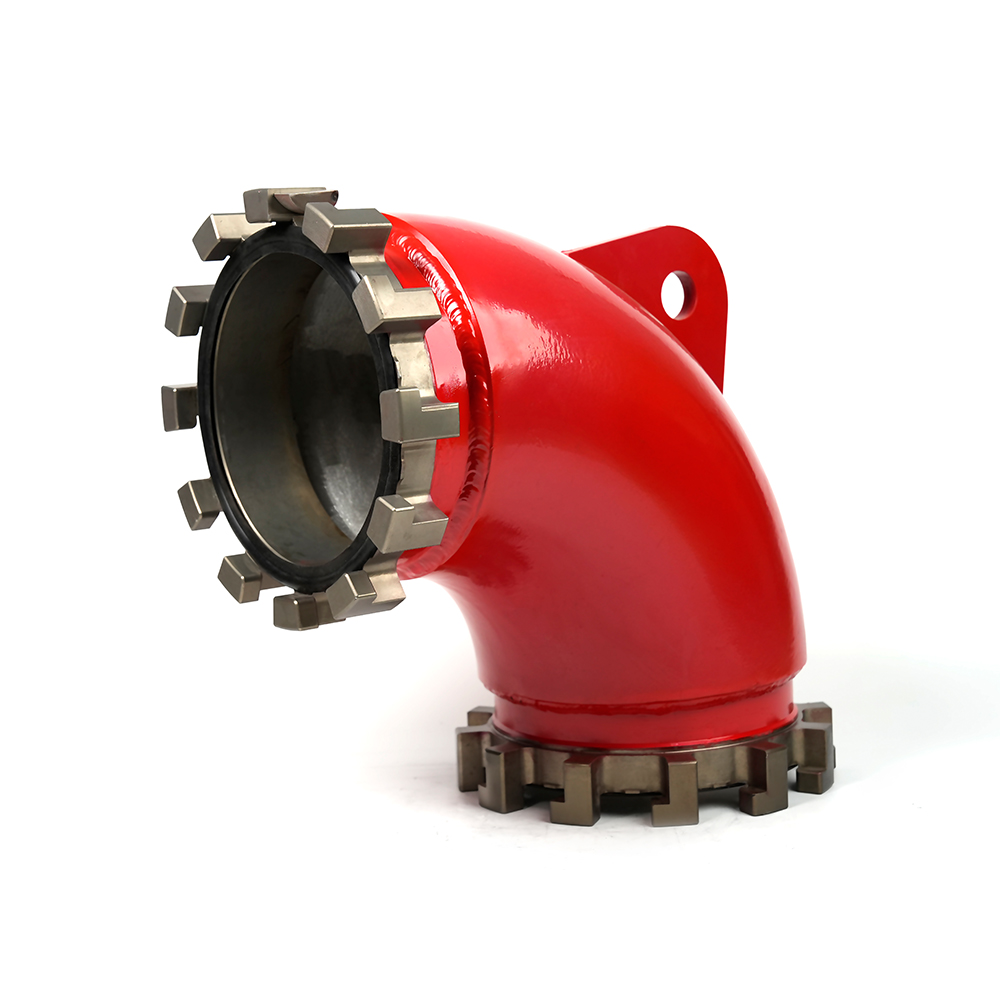 Grooved Fire Elbow-Multi-tooth
Grooved Fire Elbow-Multi-tooth
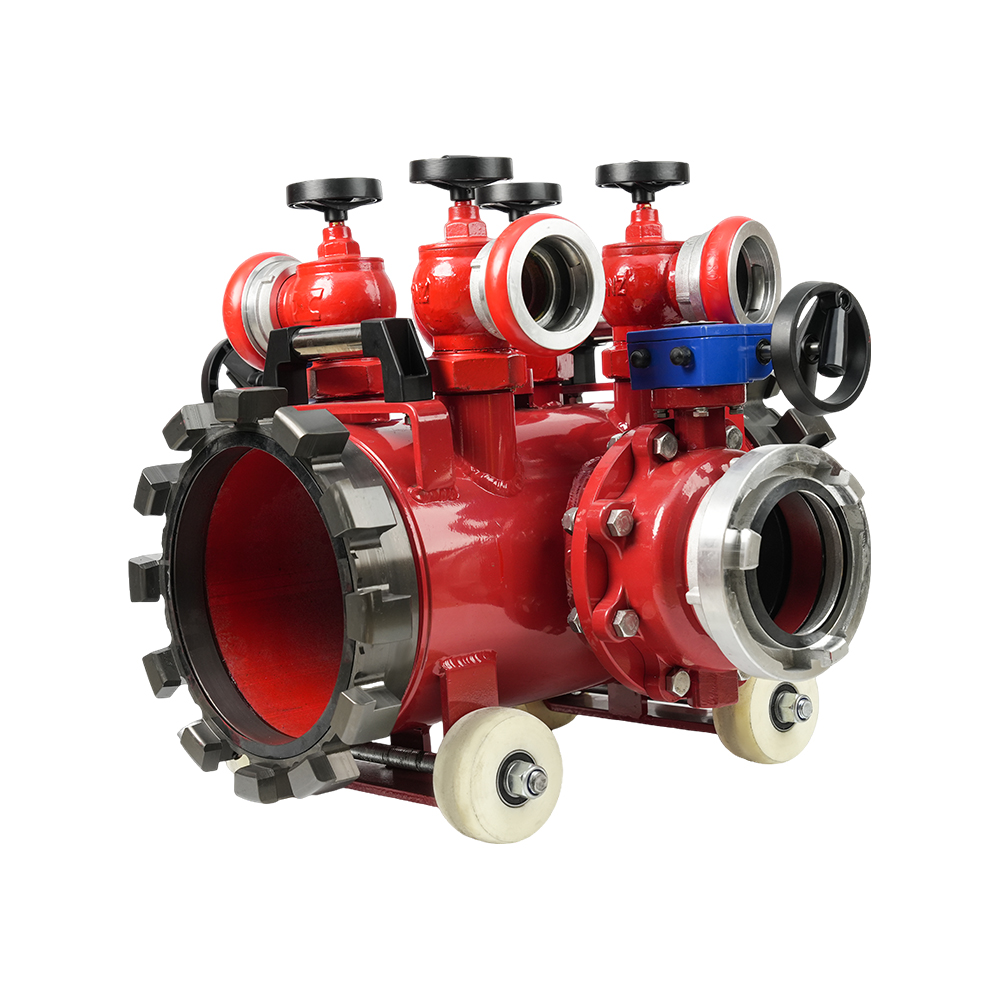 Multi-functional Fire Hose Distributor
Multi-functional Fire Hose Distributor
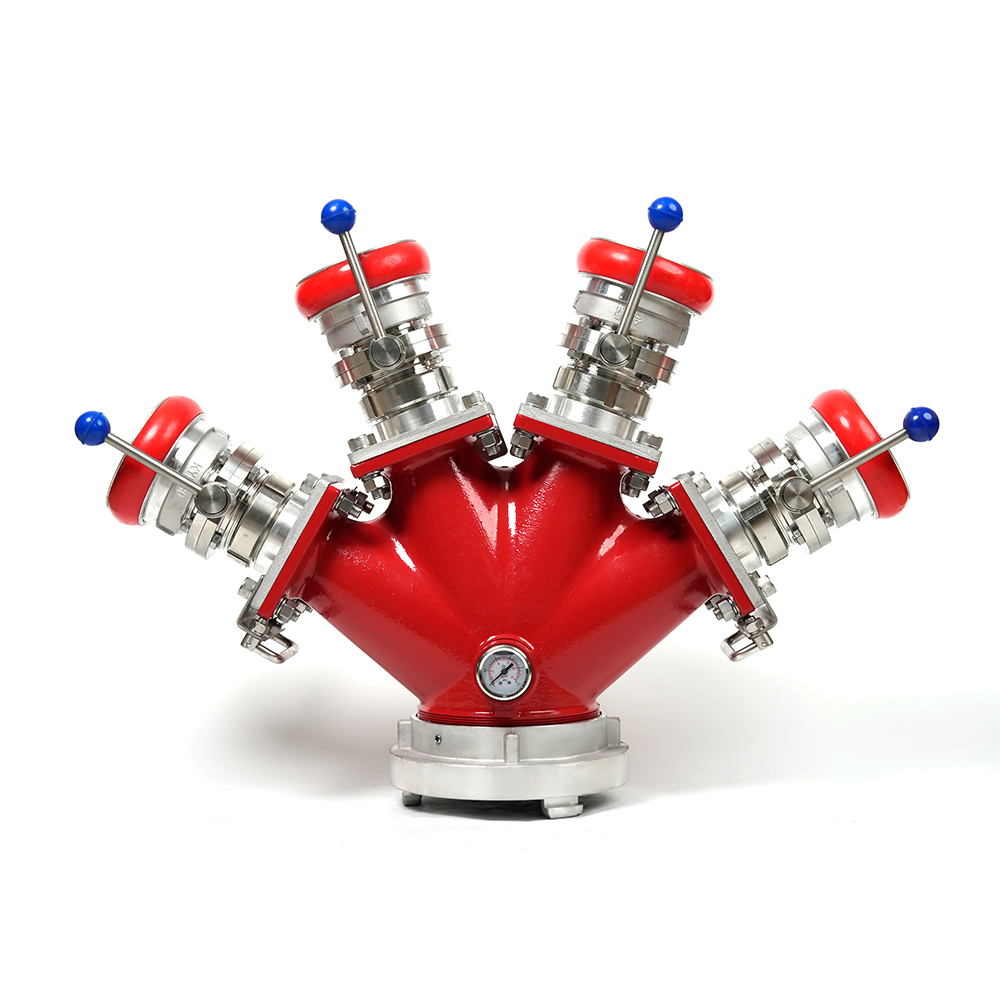 Locking Four-Way Fire Hose Distributor
Locking Four-Way Fire Hose Distributor
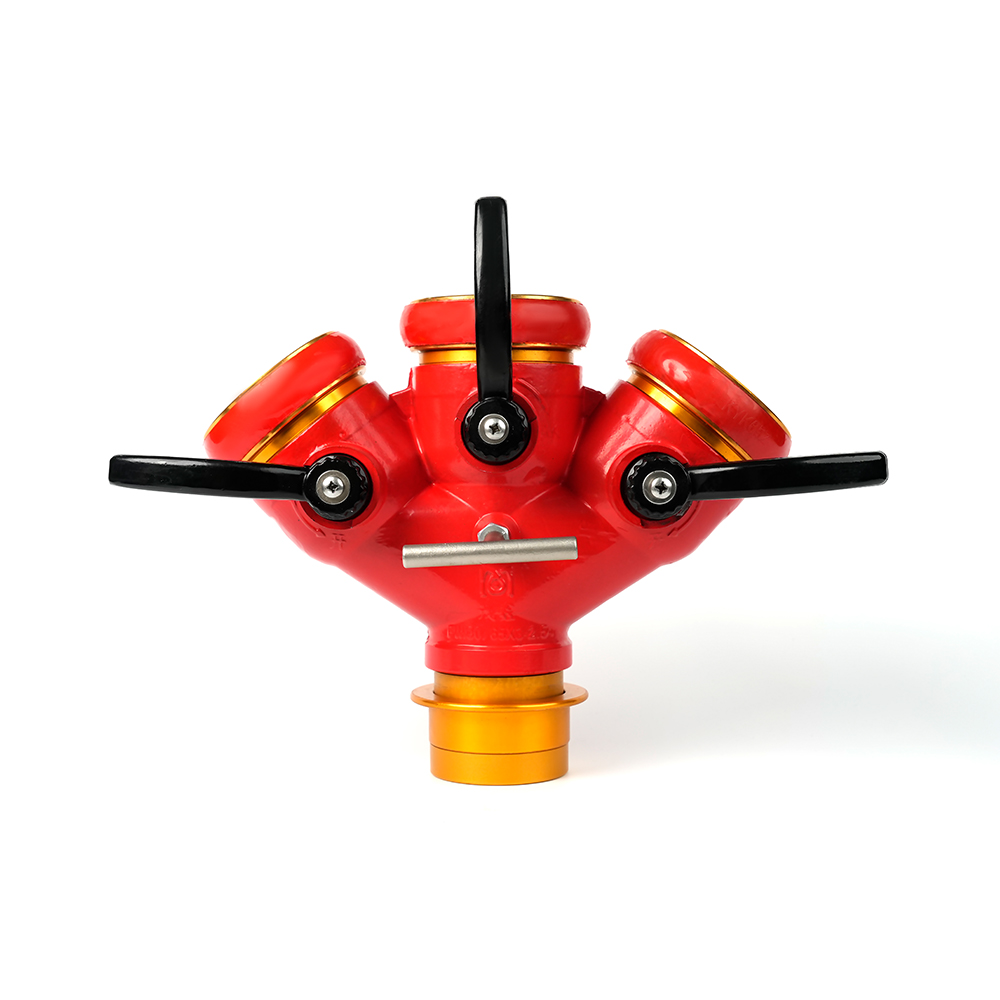 Locking Three-Way Fire Hose Distributor
Locking Three-Way Fire Hose Distributor
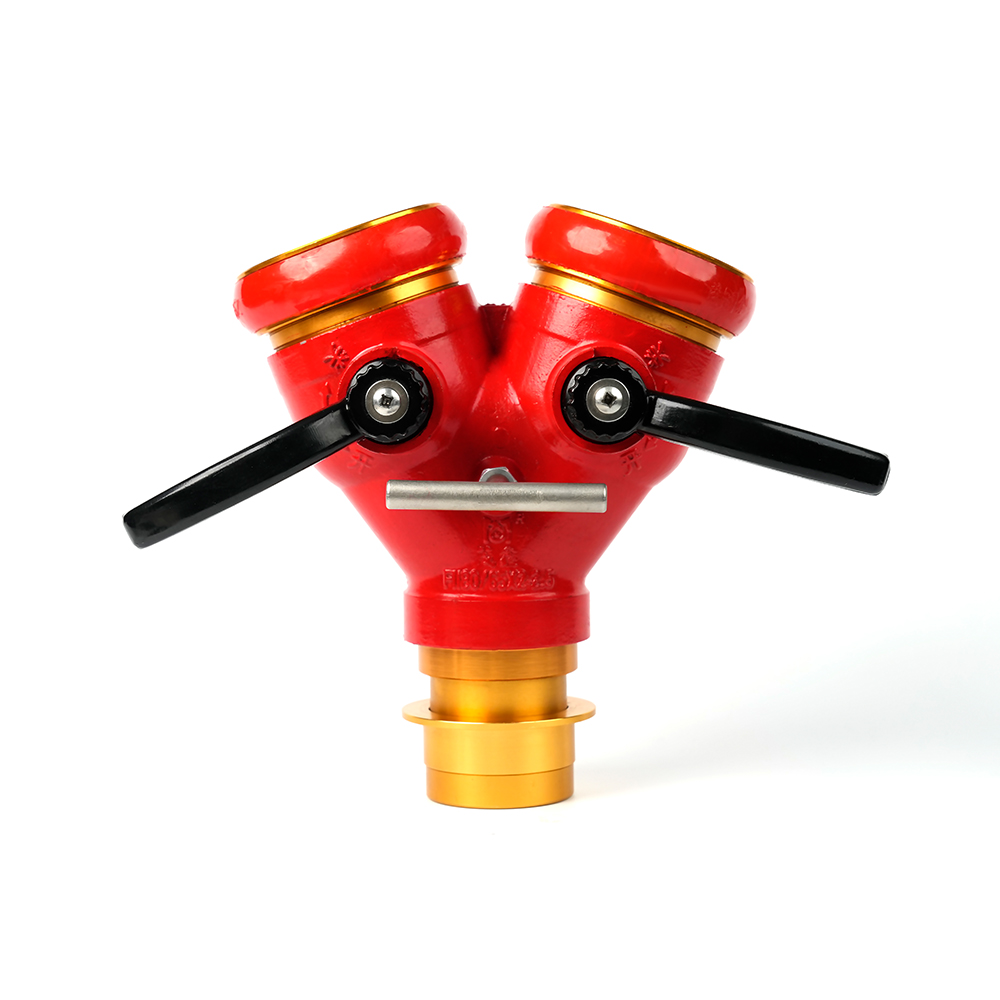 Locking Two-Way Fire Hose Distributor
Locking Two-Way Fire Hose Distributor
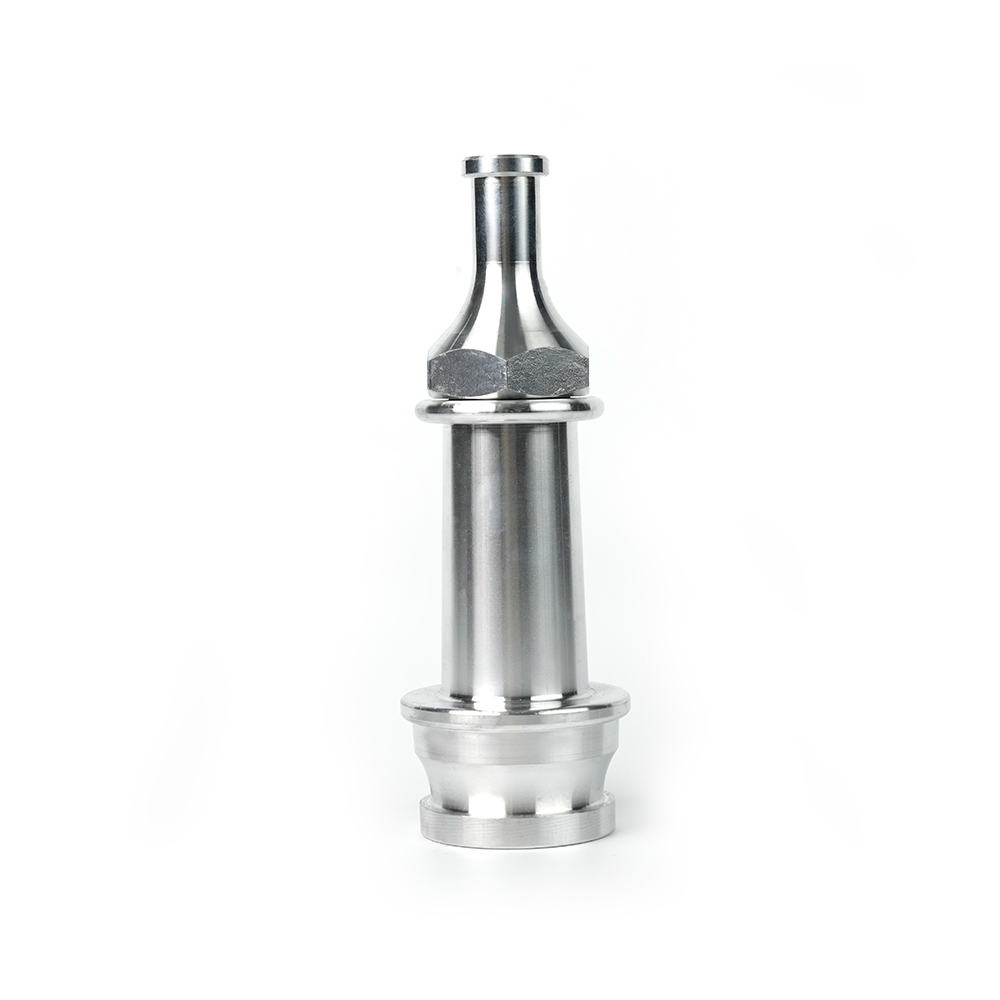 Straight Stream Nozzle
Straight Stream Nozzle
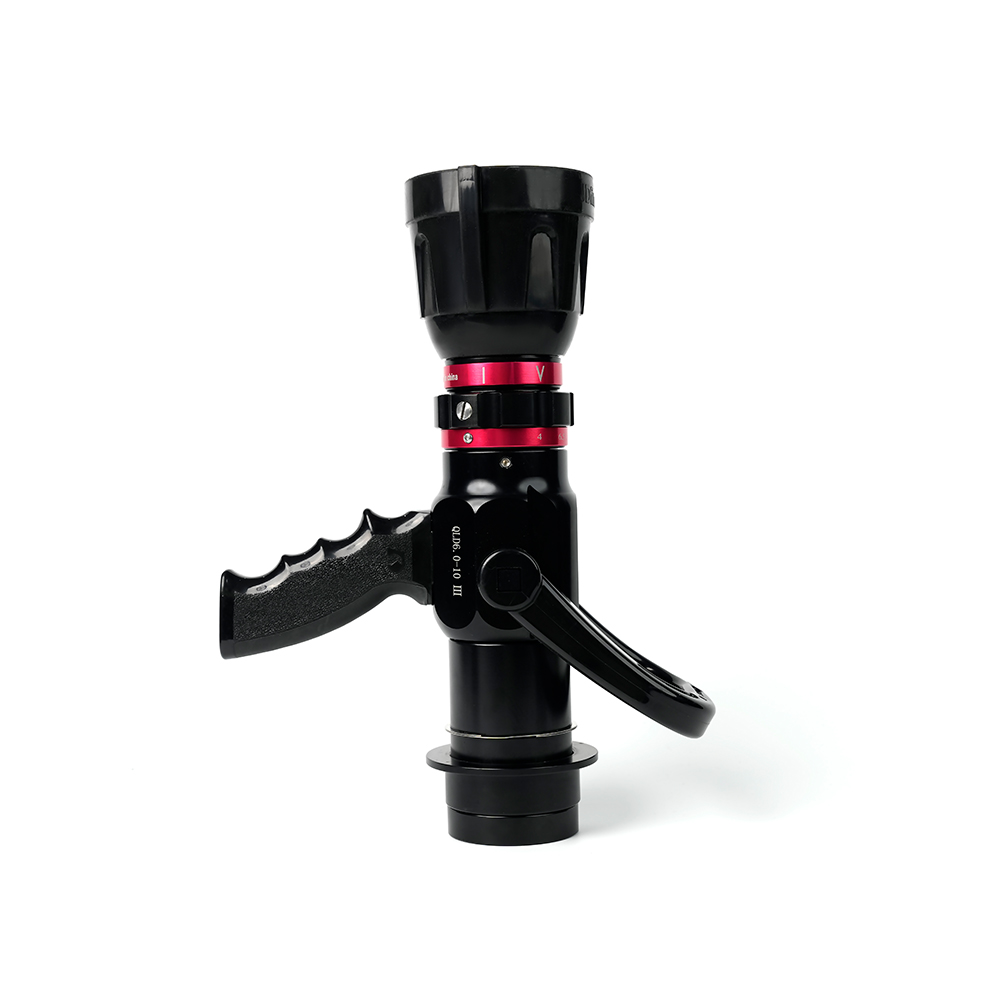 Adjustable nozzle-machino
Adjustable nozzle-machino
 Adjustable nozzle-storz
Adjustable nozzle-storz
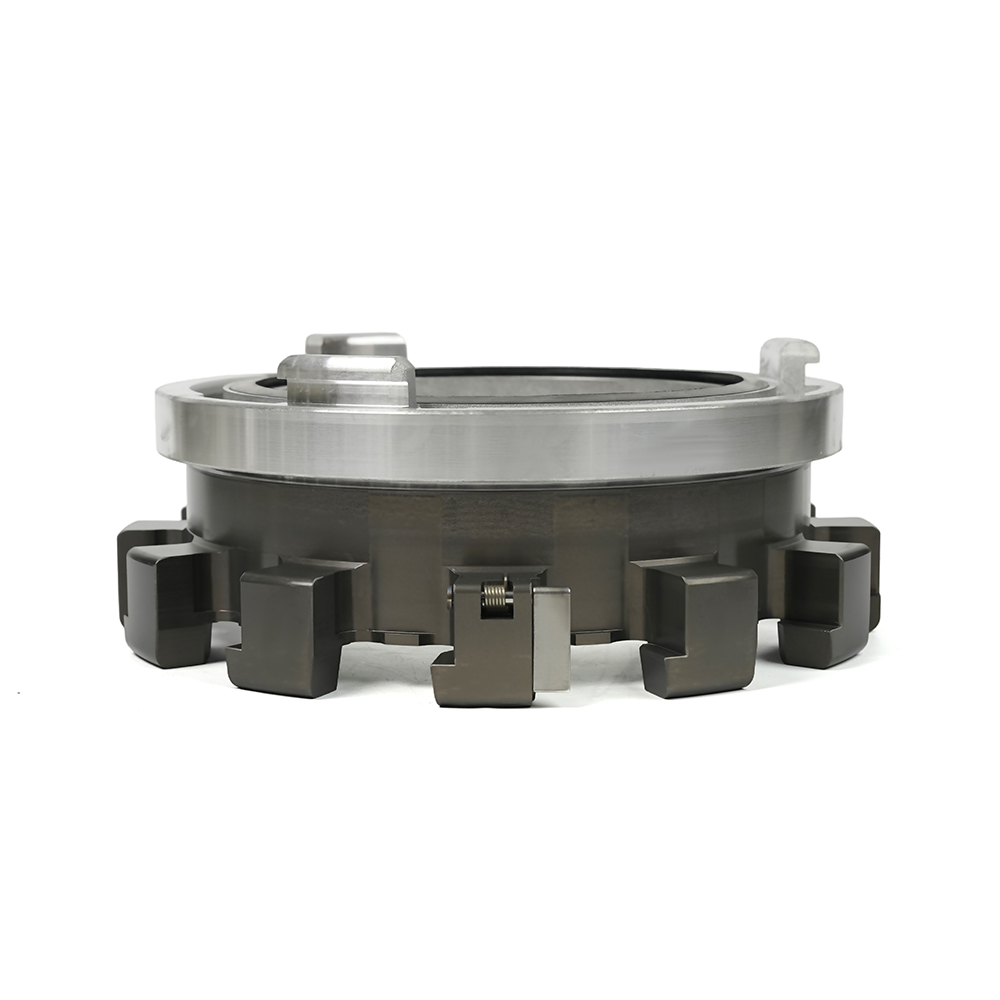 Storz Adapter Couplings - Multi-Tooth
Storz Adapter Couplings - Multi-Tooth
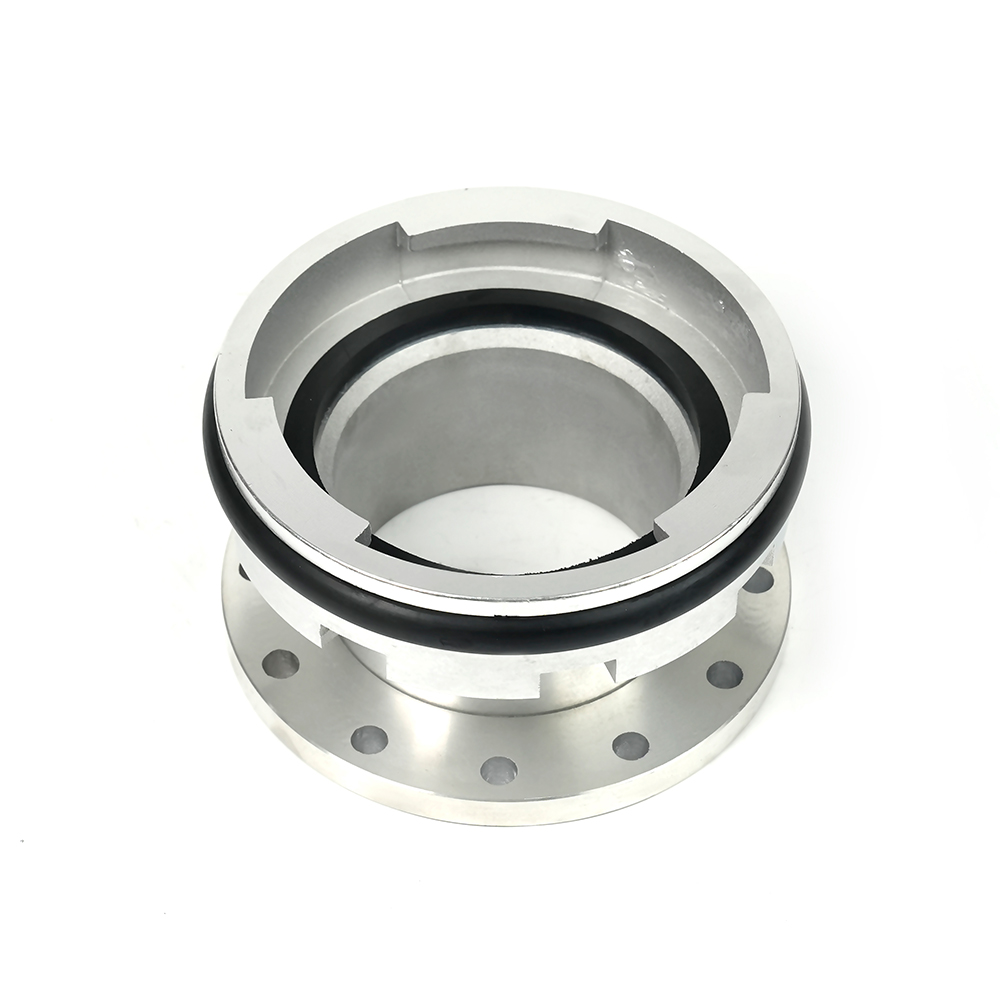 Machino Adapter Couplings – Flanged
Machino Adapter Couplings – Flanged
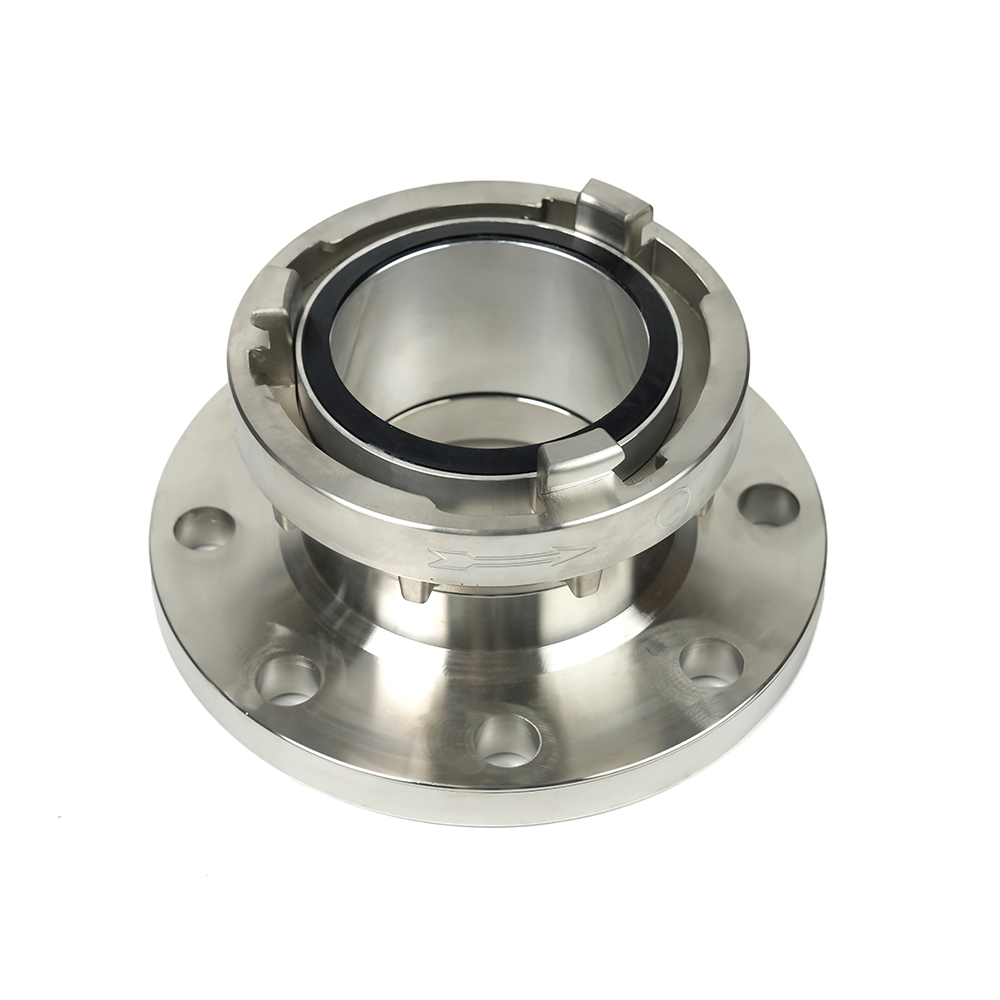 Storz Adapter Couplings – Flanged
Storz Adapter Couplings – Flanged